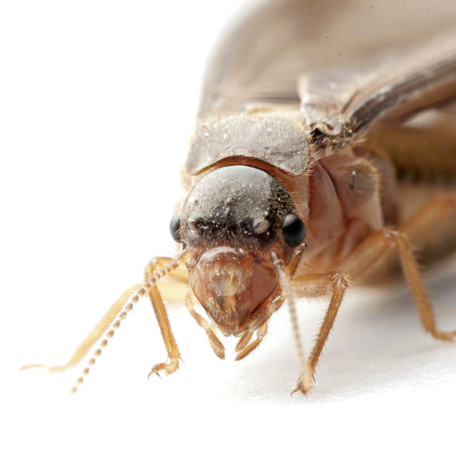Pests come in many shapes and sizes, from the smallest of insects that crawl through crevices or under moldings to larger mammals that find their way into attics and basements.
Taking care of a home or buying a new one can be stressful enough without having to contend with a potential pest infestation. Much like any other home issue, like a leak or faulty electrical system, pests can cause significant damage if left unchecked. Furthermore, the droppings left from certain creatures can compromise human health. For example, National Exterminating says rodents can spread hantavirus, while droppings from other pests can exacerbate asthma and allergies.
The best way to stay ahead of potential pest problems is to recognize signs that pests are present.
Droppings
A classic sign of infestation, pet waste includes fecal droppings or urine trails. Certain waste is easier to spot than others. For example, bed bug droppings are much smaller than mice or rat droppings. Homeowners can carry out thorough examinations of furniture, bedding, walls, floors, and areas of the home that get little foot traffic to look for pests.
Dead bodies
Another sign that points to pests is the presence of dead insect or animal bodies. A large number is indicative of a pest problem.
Active pests
Pest control experts say that live animals or insects in and around the home are potential signs of infestation. Most are very good at hiding, so finding live specimens may require some investigating in the kitchen, bathrooms and outdoors near the perimeter of the home.
Evidence of nesting
Most animals want somewhere cozy and comfortable to bed down and will use materials available to them when making nests. Look for shredded paper, feathers, gathered twigs or grasses, home insulation piles, or any other red flags that could be nests.
Smells, sights and sounds
Animals and insects can give off smells and make sounds. Roaches are said to have an “oily” odor, while mice may produce “musty” smells. Homeowners may hear gnawing, squeaking, scurrying, or scratching. In addition, there may be holes, gnaw marks, signs of burrows, and other signs of pests. Wood shavings or sawdust could indicate the presence of termites, which cause serious structural damage.
Stored pesticides
People who are viewing a potential new home and find cans and canisters of pesticides or pest traps should recognize that there is likely a problem with animals or insects there.
Pests can be a concern for homeowners, who can overcome the issue after learning to identify signs of their presence.




